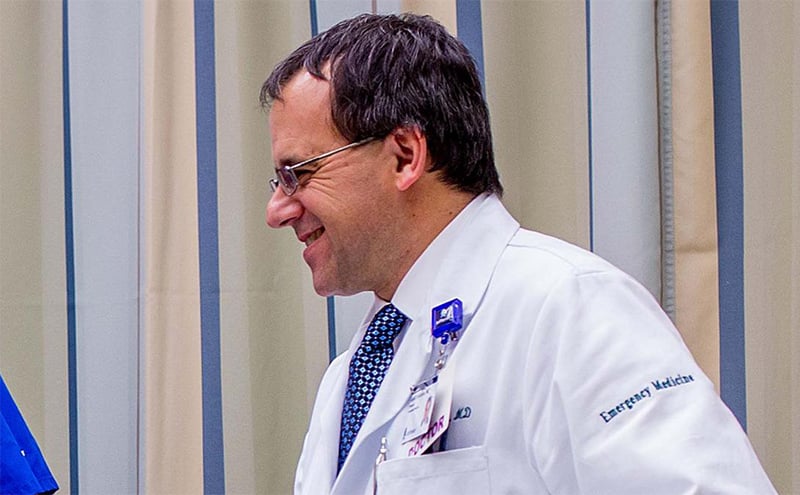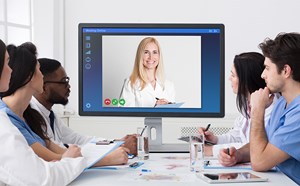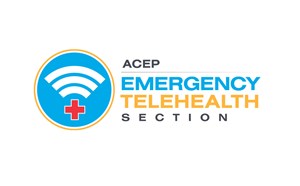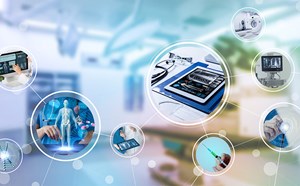
Interview with Dr. Judd Hollander
You’ve already had a long and storied career in emergency medicine and research, tell us how you pivoted to innovation in general and telehealth in specific?
My identity was in research. Not my original plan. When people asked what I liked about research, I said it was because it didn’t yet exist in emergency medicine. We did things that most people didn’t think were yet possible. Everybody thought “you can’t do this in EM because it is a *** show.” What made it fun was that it was new and revolutionary. We did the initial studies on dermabond, BNP, cardiac troponins, coronary CTA. We made a difference in patient care. Then I realized that the research analytic skill set is the same as business skill set. Instead of changing care one biomarker at a time, I decided to make wholesale changes. My transition journey began somewhere in between 2010-2013. I went back to Wharton and did a certificate program and a series of courses. Tried to balance home on the weekends and the business education I needed. I specifically did not take a course by healthcare lecturers because healthcare was so screwed up. The business school folks were really smart people. And I talked to them as someone deeply imbedded in healthcare.
The big switch in my career came when I took a sabbatical and studied among other things, urgent care. It became clear that no one locally had a real interest in urgent care. Then I moved to Jefferson and was influenced by two visionary leaders, the Dean Mark Tykocinski and Steve Klasko the new president and CEO. Klasko is the most visionary leader I know and was really into telehealth. He truly believes that healthcare needed to change. There is a Gretsky quote that says “Skate to where the puck is going, not where it has been.” I was given a long leash to grow these programs. It is fun. I’m the operations guy of the innovations and telehealth program.
Where do you see the greatest growth in telehealth happening? Industry (service providers), government, tech companies, academics? Why?
I don’t know. Whoever is the winner. But innovation in academics moves slowly and marginally.
There is a discordance between payers and the people who deliver the care. People who could learn how to deliver care most efficiently are not going to come from the traditional healthcare system. Right now there is regulatory disparity between the different sectors. Private companies are positioned to move quickly, academics are not. I was tempted to go into the private world. But at the end of the day, I am not the guy who does helicopter skiing. I couldn’t take the risk of working for a startup at this age. If I were thirty with no kids, the situation may be different.
Tell us about some of the innovative stuff that is happening at Jefferson? Where does your telehealth work live at Jefferson? Is it its own separate department? Is it a tool used within many departments/service lines? What are the reporting structures?
What we did differently is we had no pilot programs. We launched into telemedicine across the board. Most of it is not emergency medicine. However, the coolest thing we have done in emergency medicine is telemedicine intake (triage). It has dramatically reduced our LWBS. In our on-demand program, we staff exclusively with our own providers. We redesigned the benefits programs at Jefferson such that if you call telemedicine first and we send you to the ER or urgent care, we wipe out your copay. It doesn’t make any sense not to call telemedicine first – you can save up to $250.
The Jeffconnect team runs telemedicine in the enterprise with exception of stroke, but we work closely with them. I report to the senior executive vice president who is our #2. I have a telemedicine team or 7-8 people that operationalize telemedicine and a robust governing council. Our group helps stand up programs in individual clinical service lines and the telemedicine programs runs through the quality programs within each department. We are the horizontal bar across the vertical service lines. I can think of many analogies to use but the one that I like most is that telemedicine is just another location in the medical building. It doesn’t matter whether you are on the 3rd floor or 5th floor of a service. Similarly, it shouldn’t matter whether you are seeing the patient sitting on a chair in front of you or through the video monitor. The idea is to provide high-quality care, regardless of the care delivery model.
What is your advice to young academics wanting to create a niche in innovation and telehealth? How would you go about it?
Dive in. Dive in at the right place. Do it because you are passionate about it. My mentorship advice is to do something you love. Something you can wake up in the morning and look forward to.
What is the main thing that needs to happen for telehealth to become more mainstream?
People have to remember it as an option. They need to know it exists and how to use it. It can be done by email, chat bots. And of course, the reimbursement piece needs to happen. Kaiser says that 50% of their care is done virtually. I don’t think that is video, but a lot of their care is done by email/phone. It is just easier and more effective to do.
What are the “hot topics” within telehealth that every aspiring telehealth enthusiast needs to do a “deep dive” into?
- How do patients really want to get their care?
- How are we going to integrate these disparate care delivery platforms into something that works for the patient and provider?
- Do patients care at all about their doctor or do they just care about their care? They go to google first, suggesting a doc may not be necessary as AI evolves.
- What should ER docs do to retain value in this new healthcare delivery model?
- We individually need to take our best guess as to what the future will hold. After all, it is also our future.
- Senior Vice President for Healthcare Delivery Innovation, Thomas Jefferson University
- Associate Dean for Strategic Health Initiatives, Sidney Kimmel Medical College
- Vice Chair for Finance and Healthcare Enterprises, Department of Emergency Medicine



